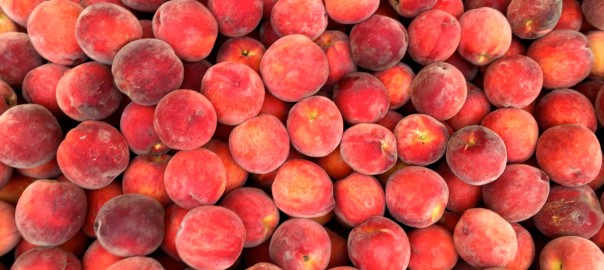MIC REIMAGINES SPONSORED POSTS
The Wall Street Journal reports on how the millennial news platform .Mic is rethinking video sponsorship. Mic is allowing advertisers to sponsor their highly popular videos on Facebook:
“Instead of selling…ads based on content genre or audience demographics, Mic is putting its editorial videos into categories, such as clips that elicit emotions or videos that celebrate innovation—two popular genres that typically incite people to share, and letting advertisers run ads next to these types of videos.”
While this kind of sponsorship is not useful for any book that needs time to tell its story, it could be very interesting for a book with immediate appeal to millennials with a high education and relatively high HHI.
GOOGLE DISPLAY BENCHMARKS
Have you played around with Google’s Display Ad benchmark tool recently? It can be very useful for setting expectations. Click-through rates seem to be going down across the board. If you set it for U.S. Book ads, the display CTRs range from .04-.6% depending on the size. Mobile only sizes such as 320×50 fare a little better with a .18% CTR. While this is certainly the case for the industry as a whole, Verso’s own click-through rates continue to beat industry averages—ranging from about .10% for desktop to twice that for mobile.
#CTR #Google #data #benchmarks
OUT OF HOME GAINS AN EDGE WITH DIGITAL
Long a staple of advertising plans for all manner of products, out-of-home advertising has gained a new edge with digital billboards. Digital capabilities mean advertisers can move much more quickly on campaigns instead of having to plan six to eight months ahead for each iteration. As CMO magazine puts it:
“The integration of data and technology means advertisers can tap into OOH like never before. ‘And it’s really shifting into bringing back the things that digital has kind of lost–the sensory experiences, feelings, and interactions.'”
There’s a reason spending on out of home advertising continues to grow.
#billboards #OOH #digital
ESPN BRINGS LONGFORM SPORTS JOURNALISM TO PODCASTS
As part of IAB’s recent podcast upfronts, ESPN announced that it’s bringing it’s acclaimed 30 for 30 series to podcasts. With in-depth reporting about sports news, 30 for 30 videos appeal to sports fans of a more thoughtful bent . . . which is to say, sports fans who might be inclined to buy books on a subject in an effort to go deeper than in-game color commentary or talk show style chatter. For book publishers who might not be able to afford a :30 ad on ESPN, running mid-roll on a podcast might be a highly targeted ad solution.


